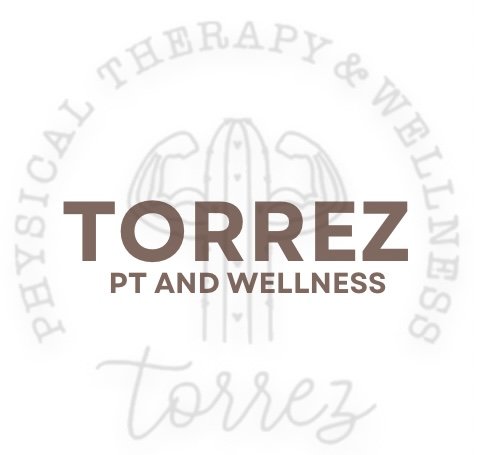Harness the Healing Power of Your Breath: Unlocking Wellness from Within
Inhale deeply through the nose into the roots of your belly. Now exhale slowly through the mouth. This simple act—often overlooked—is more powerful than you might realize. Professionally and personally I have witnessed and experienced firsthand the transformative potential of breathwork. Grounded in science and enriched by personal experiences, breathwork is emerging as a cornerstone of mental, physical, and emotional well-being.
The Science Behind Breathwork
Breathwork encompasses a variety of techniques designed to regulate breathing patterns, consciously influencing the nervous system and physiological states. At its core, breathwork engages the autonomic nervous system (ANS), which governs vital functions like heart rate, digestion, and stress response.
Research reveals that slow, intentional breathing activates the parasympathetic nervous system (PNS), often referred to as the “rest-and-digest” state. This activation reduces cortisol levels (the stress hormone), lowers blood pressure, and improves heart rate variability—a marker of resilience and overall health.
One study published in the journal Frontiers in Psychology found that controlled breathing techniques enhance cognitive function, reduce anxiety, and improve emotional regulation. By simply changing how we breathe, we can shift our body from a state of stress to one of relaxation and balance.
Mental Health Benefits of Breathwork
Breathwork is a lifeline for mental health, offering a grounding practice that calms the mind and creates space for self-reflection. Various types of breathing techniques provide the tools to manage anxiety, depression, and overwhelm.
Many people describe the emotional release that accompanies breathwork as transformative. By slowing down and focusing inward, participants often uncover repressed emotions and process them in a safe, nonjudgmental way. This is particularly beneficial for individuals healing from trauma, as breathwork gently guides them back to the present moment, helping to reframe and release the lingering effects of past pain.
According to Dr. Bessel van der Kolk, author of The Body Keeps the Score, practices like breathwork can help regulate the trauma response by calming the overactive fight-or-flight mechanisms in the brain and body.
Physical Health Benefits of Breathwork
Breathwork isn’t just about feeling better emotionally—it’s a powerful tool for physical health. Controlled breathing increases oxygen delivery to tissues, supporting cellular health and improving energy levels. Techniques like diaphragmatic breathing have been shown to:
Improve lung function and capacity.
Enhance athletic performance and recovery by optimizing oxygen usage.
Support digestion by stimulating the vagus nerve.
Reduce chronic pain by relaxing tight muscles and improving blood flow.
From a rehabilitation perspective, breathwork improves core stability and posture. As a physical therapist, I often integrate diaphragmatic breathing into treatment plans to enhance mobility and alleviate musculoskeletal tension and pain.
Healing from Trauma Through Breathwork
Breathwork holds immense potential for those on a journey of trauma recovery. Trauma often resides not just in the mind but in the body, manifesting as chronic tension, hypervigilance, or emotional numbing. Conscious breathing reconnects the mind and body, creating a pathway for releasing stored tension and emotions.
Practicing breathwork encourages individuals to reconnect with their body’s innate wisdom, facilitating a sense of safety and grounding. Over time, this practice can help rebuild trust in the body’s capacity to heal and thrive.
The Human Connection: Stories of Transformation
Beyond the science, the beauty of breathwork lies in its deeply personal impact. Clients often share how these practices have changed their lives:
“I came to breathwork feeling anxious and disconnected. After just one session, I felt a sense of calm and clarity I hadn’t experienced in years.”
“Breathwork helped me process emotions I didn’t even know I was holding. It felt like a weight was lifted off my chest.”
“As someone healing from trauma, breathwork has been a gentle yet profound tool for reclaiming my sense of self.”
Why You Should Try Breathwork
Breathwork is accessible to everyone, regardless of age or fitness level. It requires no special equipment or prior experience—just a willingness to explore your inner world. Whether you’re seeking stress relief, physical healing, or emotional balance, breathwork offers a pathway to greater well-being.
In a world that often feels overwhelming, breathwork reminds us of the power we hold within. By simply pausing to breathe, we can connect with ourselves on a deeper level, heal from within, and create a foundation for lasting health.
Ready to Begin?
If you’re curious about breathwork and its potential to transform your life, consider joining one of our guided sessions. Together, we’ll explore techniques tailored to your unique needs, helping you unlock the healing power of your breath.
Breathe in. Breathe out. Your journey starts here.
Yours Truly,
Dr. Torrez, PT, DPT, COMT
“Every breath in is a chance to receive and every breath out is a chance to let go”-Jerame Mudick
